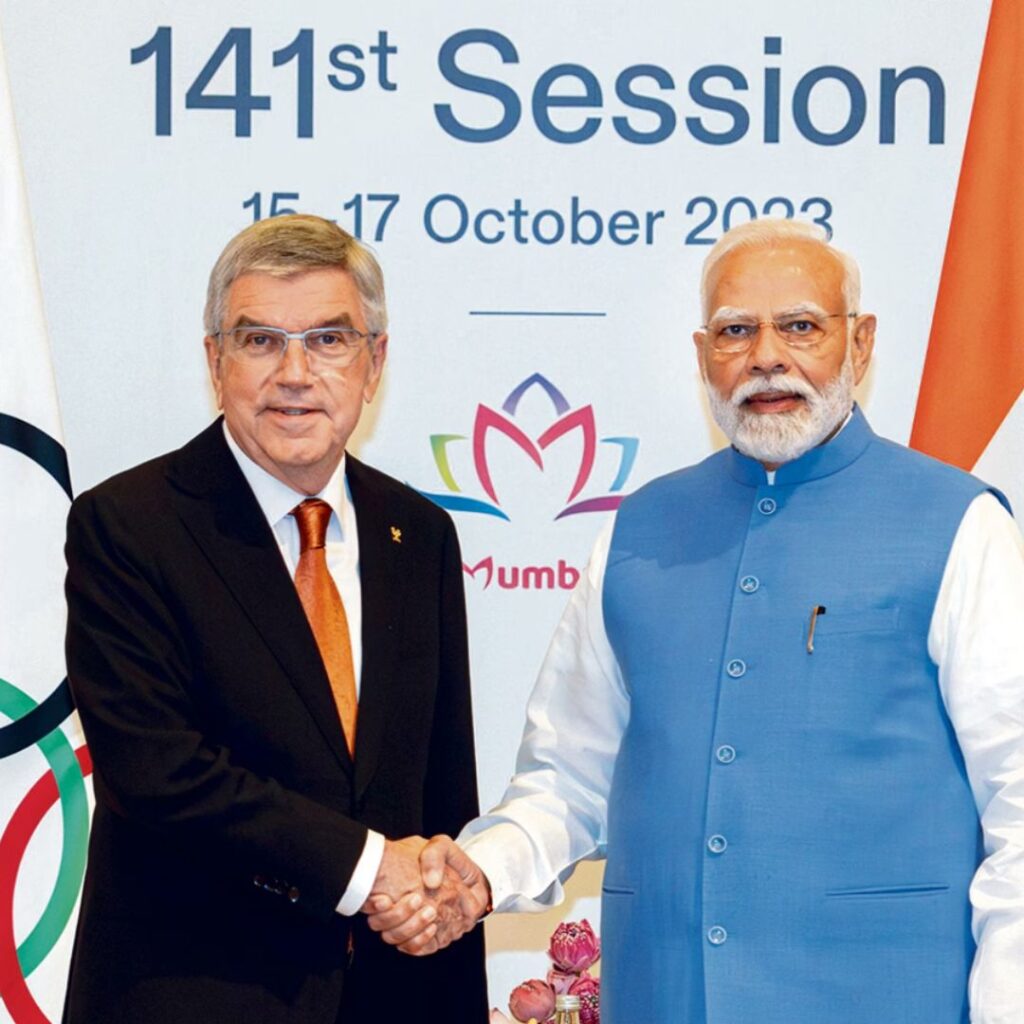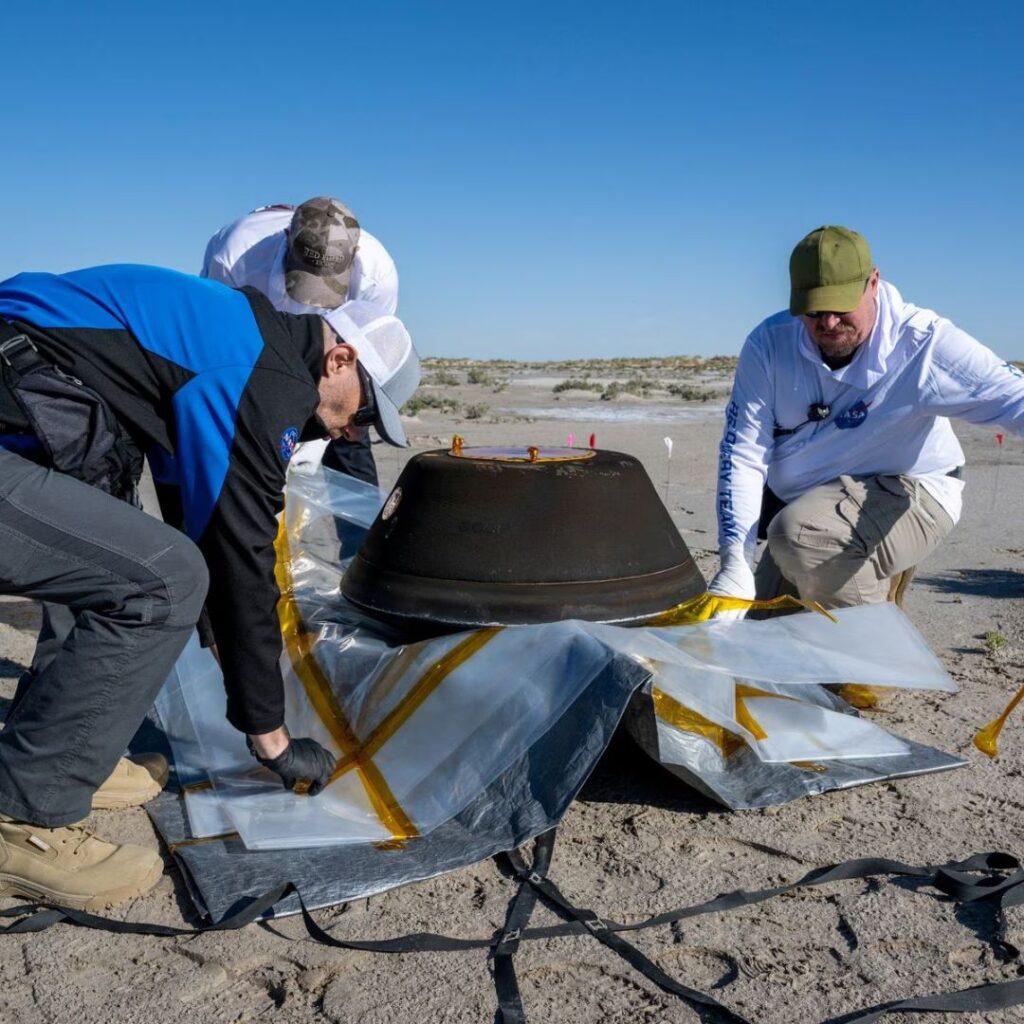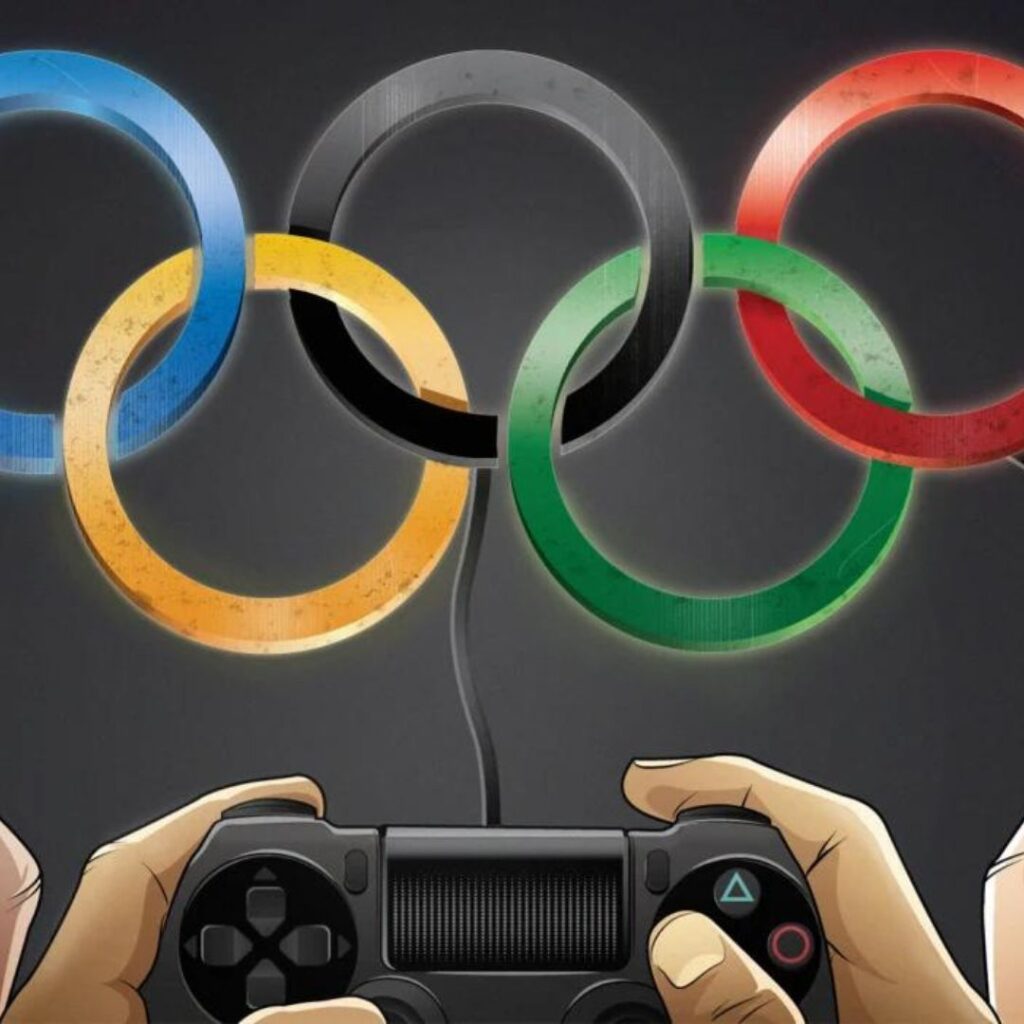Fascinating Christmas Traditions From Around The World
There are many exciting and unique Christmas traditions all over the world. You probably already know that every country has […]
Fascinating Christmas Traditions From Around The World Read More »




